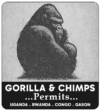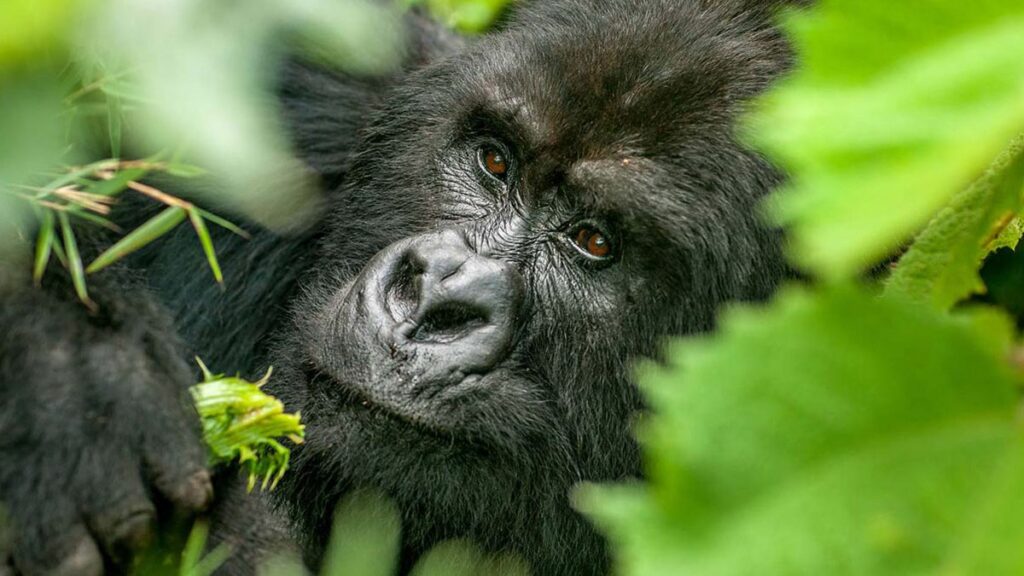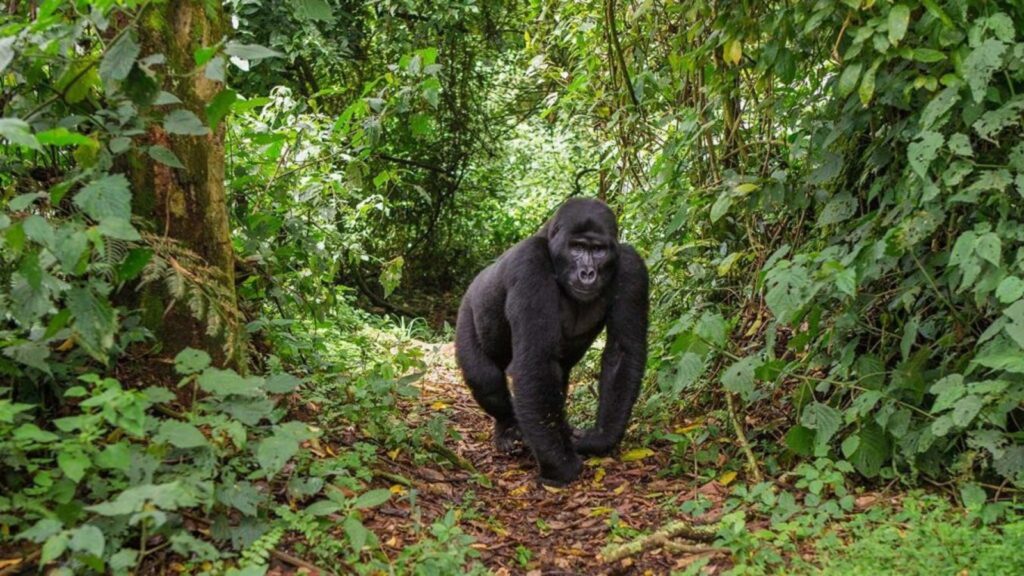Physical Preparation for High Altitude When Trekking Gorillas
High altitude gorilla trekking. Gorilla trekking often takes place in high-altitude rainforests such as Uganda’s Bwindi Impenetrable National Park and Rwanda’s Volcanoes National Park. These regions can rise to over 2,500 meters above sea level. The thinner air, combined with steep trails and dense vegetation, can challenge even experienced hikers.
Preparing your body for high altitude ensures you stay strong, avoid altitude sickness, and fully enjoy this once-in-a-lifetime experience.

Understand the Impact of High Altitude
At higher elevations, the air contains less oxygen. Your body needs to work harder to supply oxygen to muscles, which can lead to quicker fatigue, shortness of breath, and in some cases, altitude sickness. Symptoms can include headache, dizziness, nausea, and difficulty sleeping.
Knowing how your body reacts to altitude before your trek helps you adjust your preparation plan.
Build Cardiovascular Endurance
Cardio training is essential for gorilla trekking. Activities like brisk walking, jogging, swimming, or cycling strengthen your heart and lungs. Aim for at least 30–45 minutes of cardio, four to five times a week, for several weeks before your trip.
If possible, train on hilly terrain to simulate trekking conditions. The more accustomed your body is to uphill climbs, the easier the trek will feel.
Strengthen Core and Leg Muscles
Strong legs and core muscles help you climb steep slopes, maintain balance, and reduce the risk of injury. Include exercises such as squats, lunges, step-ups, and planks in your routine. Carrying a backpack during training hikes can prepare your body for the load you will carry on trek day.
Practice Hiking with a Backpack
On trek day, you may carry essentials like water, snacks, rain gear, and a camera. Practice hiking with a weighted backpack to get used to the extra strain. This helps your shoulders and back adapt and makes the trek more comfortable.
Hydrate and Maintain Proper Nutrition
Dehydration happens faster at higher altitudes. Drink water regularly before and during the trek. Eating a balanced diet rich in complex carbohydrates, lean proteins, and vegetables supports your energy levels.
Avoid alcohol and excess caffeine in the days before your trek, as they can dehydrate you and increase the risk of altitude-related issues.
Acclimatize Before the Trek
If possible, spend a day or two at a similar altitude before your trek to allow your body to adjust. Even light activities like walking around your lodge area can help with acclimatization.
In Rwanda, arriving a day early in Volcanoes National Park is a good strategy. In Uganda, staying near Bwindi or Mgahinga before your trek can make a big difference.
Pace Yourself During the Trek
The key to high-altitude trekking is a steady pace. Avoid rushing, as this increases fatigue and the chance of altitude sickness. Listen to your guide’s advice, take regular breaks, and enjoy the forest’s beauty along the way.
Consider Trekking Poles
Using trekking poles reduces strain on your knees, improves balance on uneven ground, and helps distribute effort more evenly. They are especially useful when descending steep or slippery slopes.
Conclusion
Physical preparation for high-altitude gorilla trekking is about building endurance, strength, and smart habits. By training your body, acclimatizing early, and pacing yourself, you can handle the challenging terrain and thin air with confidence. The reward—standing just meters away from a mountain gorilla family—will make every step worth it.




